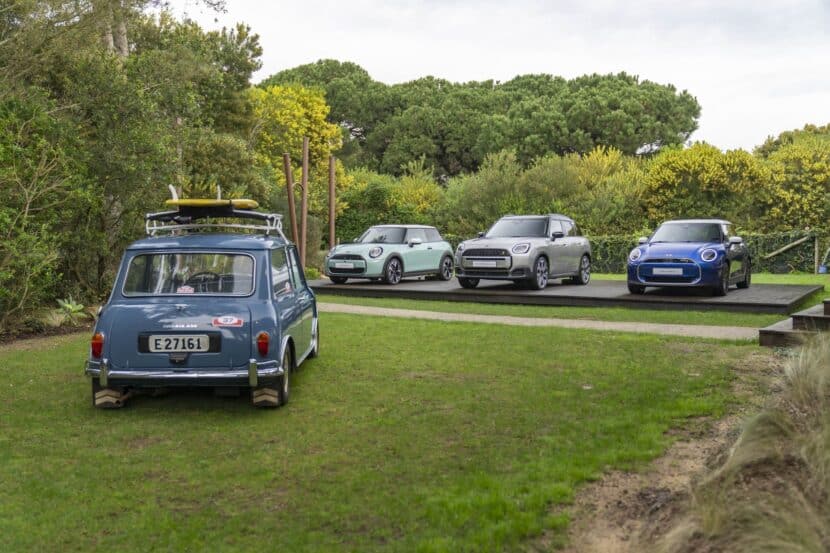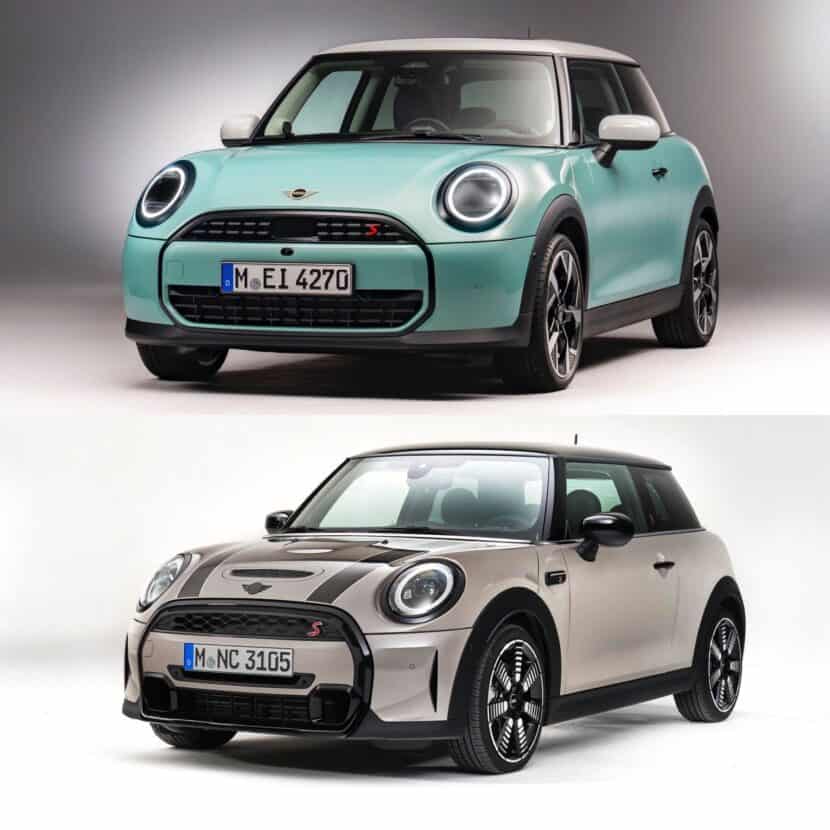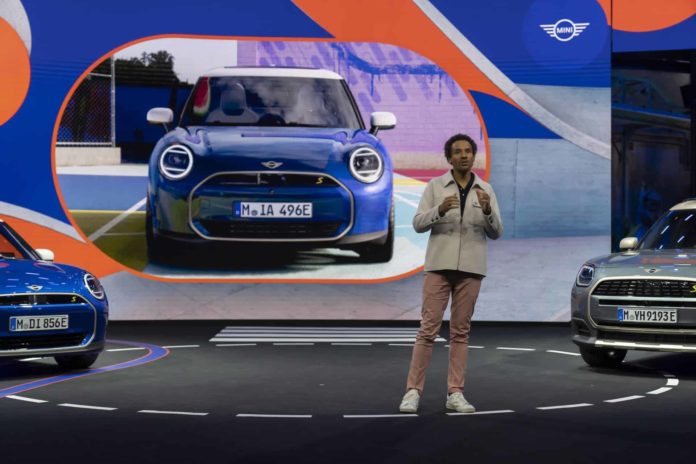The MINI brand is getting an exciting new lineup in the next year or so. It was timely, then, that we got the opportunity to chat with Oliver Heilmer, Head of MINI Design. We learned a little bit about the design behind the new MINI Electric and why the gas-powered and electrified versions of the same car are just slightly different. We also gained some insight into future MINI products.
MINImal Design

The overarching theme of the J01 MINI Electric is minimalistic design. “You’re doing less, but it really lifts up the perceived value,” Heilmer says. A key focus was shortening the hood, which Heilmer says gets closer to the MINI Coopers of old – which boast a remarkably short hood. The MINI Electric offers a shorter hood than the gas-powered F66, and the windshield is also further forward. The hood has a couple of benefits, according to Heilmer. Visually, it gets closer to the old cars. But it also helps in the event of an accident.


Heilmer says that in a crash, the hood’s position reduces the chances of damaging it – saving everyone some money. There are considerably fewer components, in general, decorating the front of the vehicle – “three or four parts and the front bumper, that’s it,” according to Heilmer.
Why the F66 and the J01 MINI Cooper Are Slightly Different


So, we just pointed out that the hood and windshield are slightly different between the J01 (Electric) and F66 (gas-powered) MINI Cooper. But there are several other changes, too – like different seat dimensions, armrests, and speaker positioning. Shouldn’t the two be identical? Heilmer starts by explaining how the design process started before the company had even announced a combustion engine variant. Whereas they started designing a new interior focused on high quality and low complexity (low number of parts), things changed when the F66 was confirmed.


“There’s a lot of commonalities with the F56,” Heilmer begins. That’s because – essentially – the team looked at their blueprints for the J01 and the existing architecture of the F56 and figured out how to blend the two. Heilmer said challenges presented themselves when it came to packaging – accounting for an exhaust pipe running the length of the vehicle, for example. While the two cars have small differences in places, Heilmer says, “It shouldn’t be something that disturbs you, you know. It’s still a part of the family.”
Other MINI Products


A smaller MINI? Maybe it isn’t as unlikely as you think. “We were discussing a lot within the MINI team, about MINI and heritage and stuff,” he starts. “And we’re always coming back to this point that…maybe there should be a smaller one?” It’s something the design team has definitely kicked around. Especially as a European market car – where “size really matters,” he says. Of course, he means that small cars really work in Europe, as opposed to the American market, in which everything trends larger.
MINI is also bringing us some low-production vehicles in the not-so-distant future. Heilmer confirmed that the design team is working on between 20 and 25 market editions of new MINI vehicles, including exclusive colors and specifications.


When questioned about an ultra-low-volume production vehicle, Heilmer isn’t sure. “Could you imagine a MINI at a price point of 500k, for instance,” he rhetorically asks. “From a philosophy point of view, I would love to do it. Then, the reality check is the tough one,” he says. It doesn’t sound like we’re going to get a MINI equivalent of the 3.0 CSL anytime soon. “But, it inspires me because maybe this is a question for the next next generation,” he says.
We’d sure love a super-exclusive JCW project – no comment on the price – how about you?

